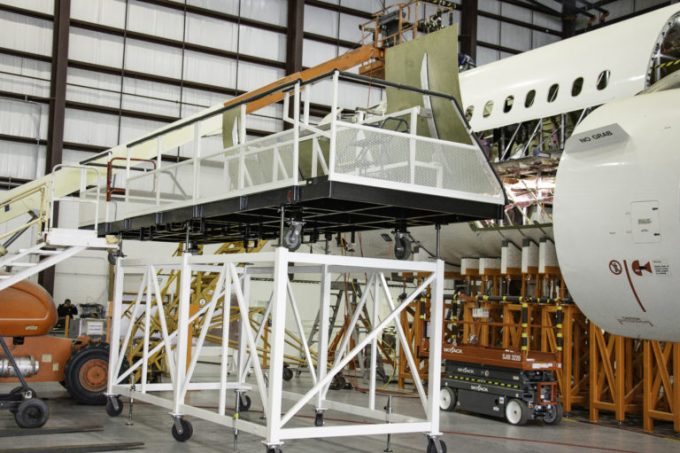Freighter conversion market 'perking up', says bullish Airbus
Feedstock is beginning to percolate back into the freighter conversion sector after a year of ...

A confident ATSG has reported record results, and is anticipating another strong year as it increases its 767 fleet.
However, it was at pains to stress to investors it was not a normal airline company and unlikely to be significantly affected by the impact of coronavirus.
It ...

Comment on this article